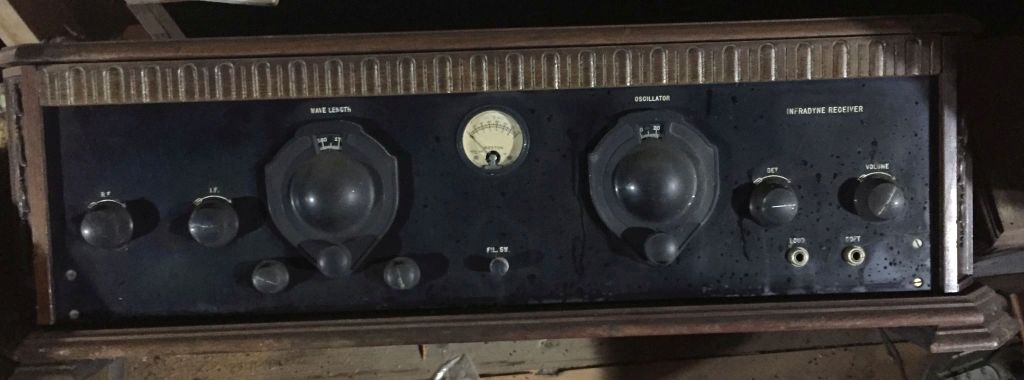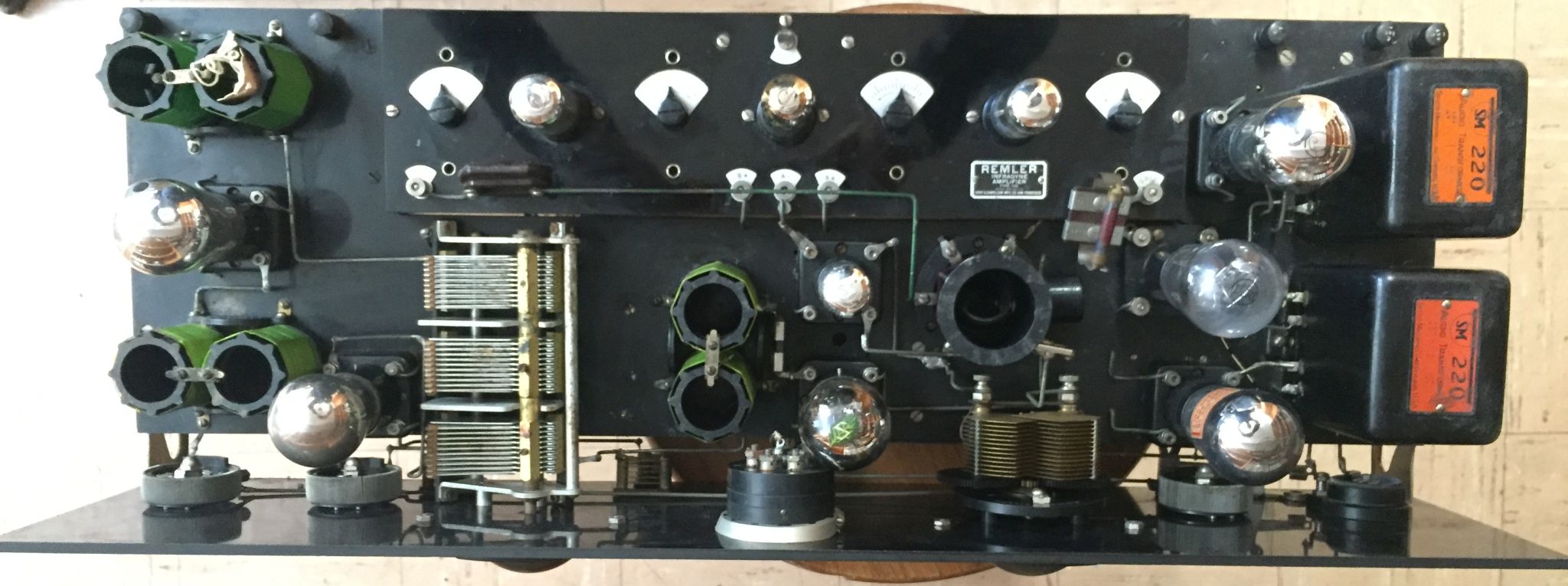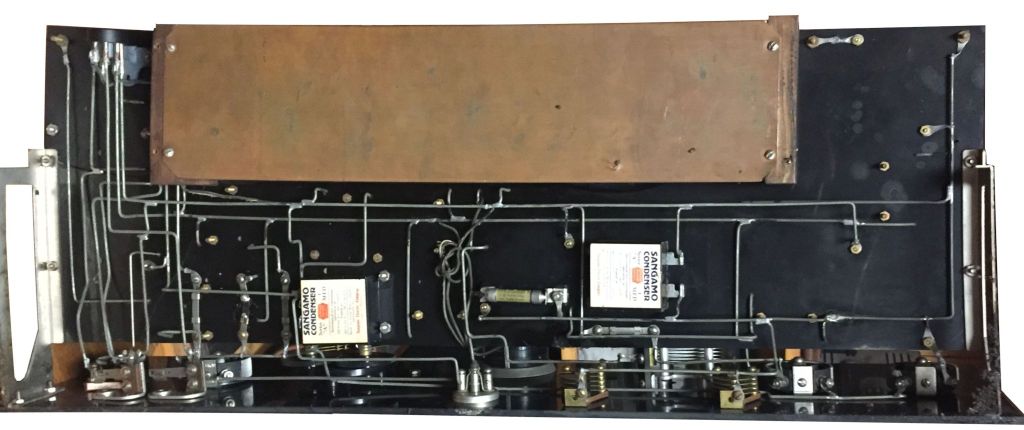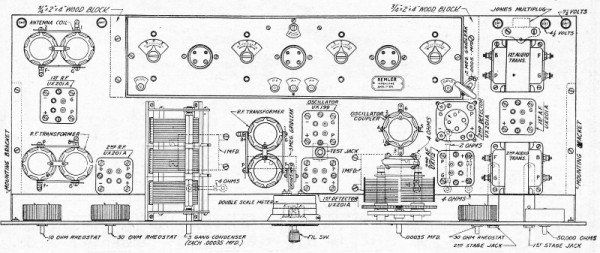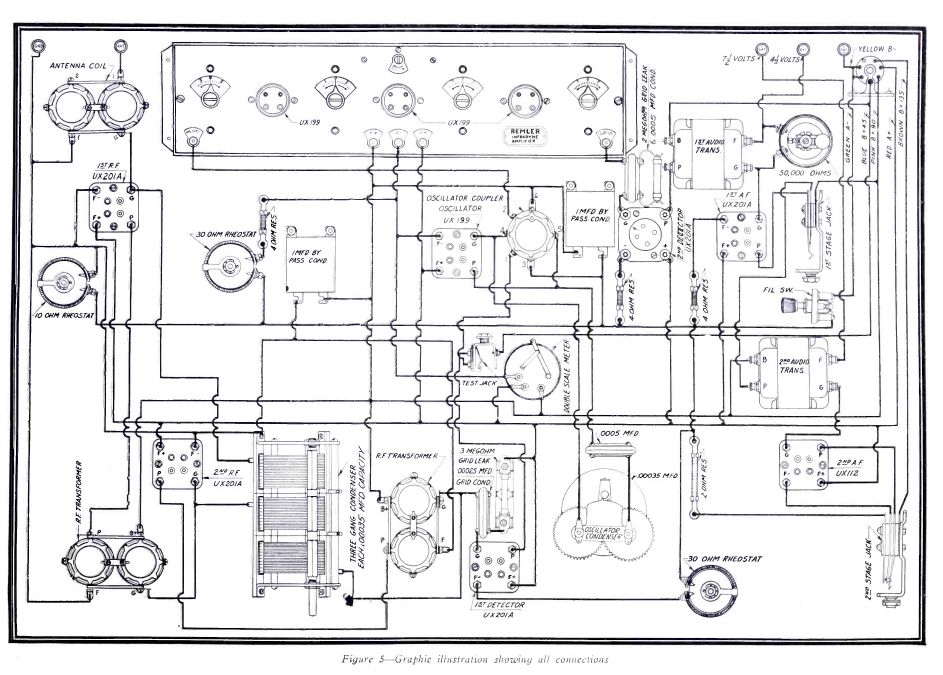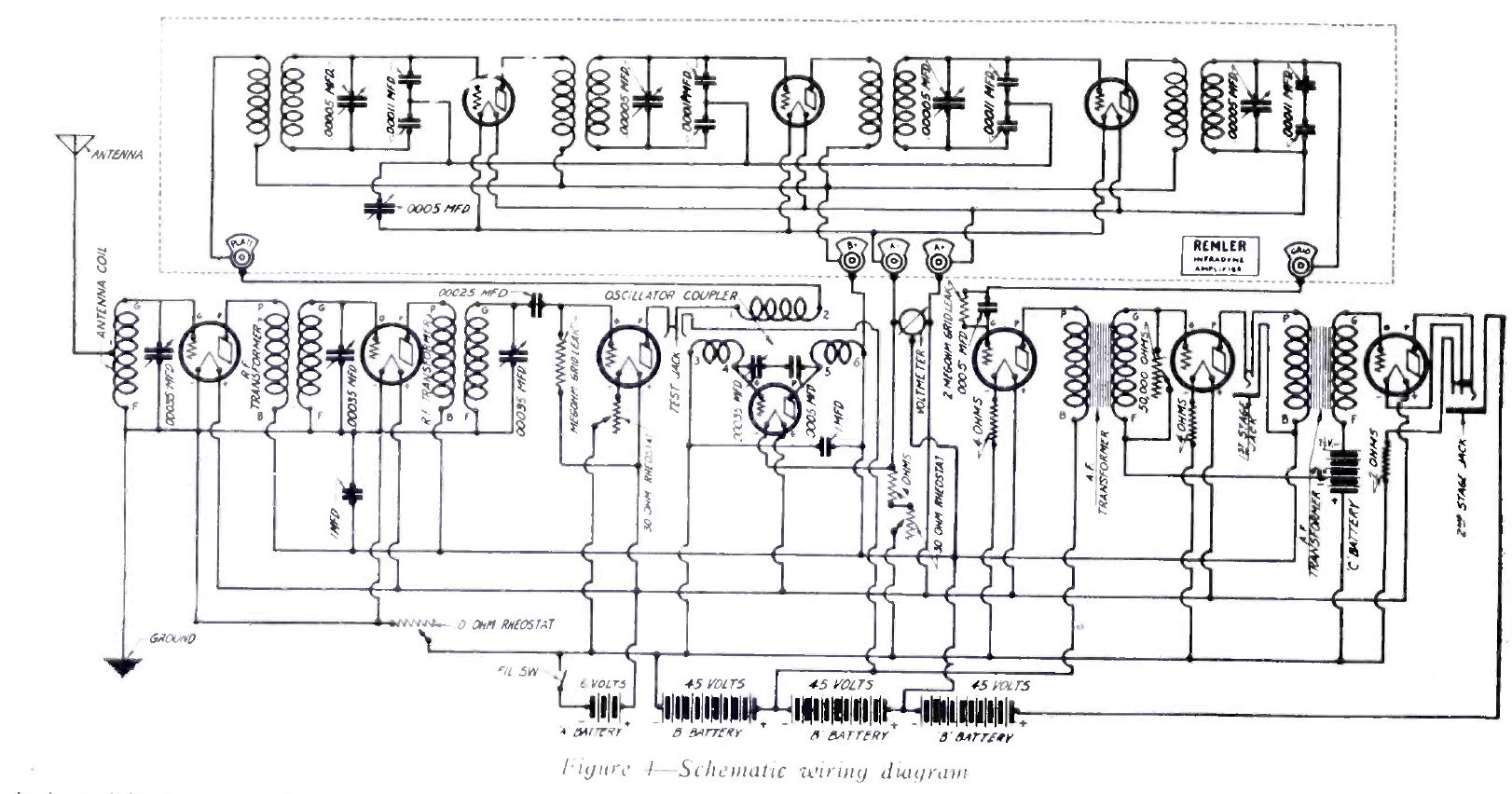Audio Tron Sales Company in San Francisco was founded by Elmer T. Cunningham about 1915 and made unlicensed improved versions of Lee De Forest’s Audion vacuum tubes. The company was soon sued by De Forest, they settled out of court, and Cunningham got a license for the Audion vacuum tube from De Forest. Vacuum tube production was stopped in 1917 because of WW-I. Production was restarted in 1919 and the company then was sued by RCA who owned the De Forest patents. As part of the settlement the company name was changed to Audio Tron Manufacturing Company, RCA manufactured Cunningham’s vacuum tubes, and Cunningham became an RCA employee. In 1921 the company name was changed to E.T. Cunningham Inc., and the tubes were manufactured by RCA. By 1931 the E.T. Cunningham Company became part of RCA.
The Remler Radio Company was founded in 1918 by Elmer T. Cunningham, Thomas B. Gray, and Ernest G. Danielson. One theory is “Remler” is “Elmer” spelled backwards with an “r” added for radio. Thomas B. Gray and Ernest G. Danielson took over the company in 1922. The company made radio parts, kits, and complete radios. Amazingly the company lasted until 1988.
The Infradyne is actually the Intermediate Frequency Amplifier part of the receiver. You can see the preassembled Remler Infradyne Amplifier at the rear of the receiver. In an Edwin H. Armstrong patented Superheterodyne receiver an adjustable frequency is mixed with the received frequency, and the resulting 40 kHz difference frequency is amplified. The Infradyne was developed to avoid the Armstrong patent. In the Infradyne receiver an adjustable frequency is added to the received frequency, and the 3.2 MHz sum frequency is amplified. Working with such high frequencies was challenging at the time so the Infradyne Intermediate Frequency Amplifier part of a receiver kit was factory built.
This receiver was built from purchased parts and to plans published in the September 1926 issue of Citizens Radio Call Book. The builder used very large high quality Silver Marshal audio transformers instead of the Thordarson transformers listed in the plans. This part substitution is mentioned in the plans. The transformer required rearranging the 2nd detector and 1st & 2nd audio amplifier tubes. We should make an effort to use Cunningham branded tubes when we restore this radio.
